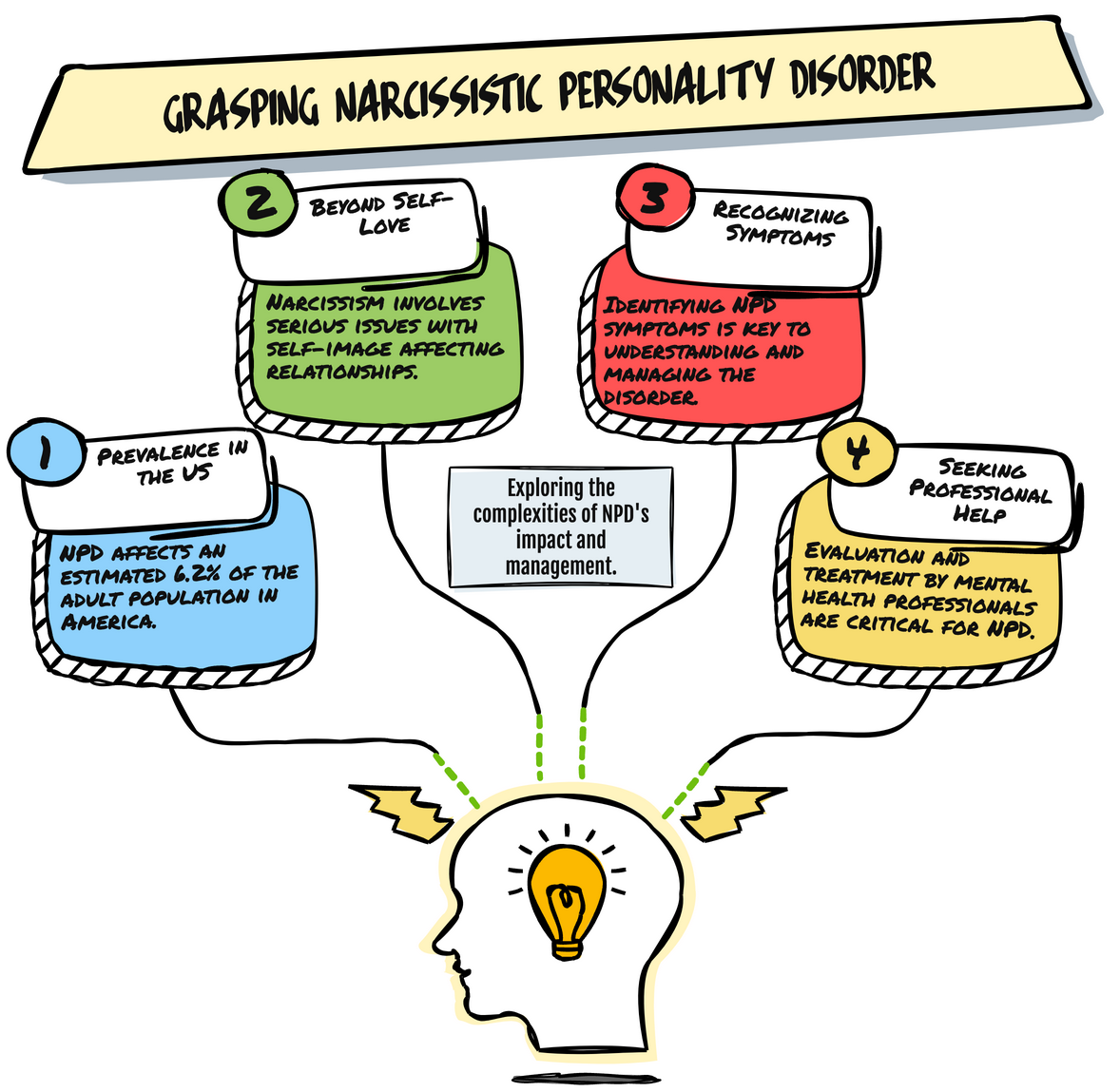Discover the insidious traits of covert malignant narcissists. They manipulate with reward dangling, using false promises to control and maintain dependency. Blame shifting tactics deflect responsibility onto victims through guilt-inducing maneuvers. Double life deception sees them leading dual personas, inflicting psychological harm. Pity ploy exploitation involves feigning vulnerability for manipulation, using sympathy as a deceptive tool. Charismatic facade maintenance conceals true motives behind charm, disarming emotionally. Recognizing these traits empowers individuals to protect themselves from subtle yet damaging behaviors. Explore further for insights into safeguarding against these manipulative tactics.
Key Takeaways
- Subtle manipulation tactics employed for control and dominance.
- Facade of empathy and kindness used for ulterior motives.
- Lack of genuine empathy or remorse for harm caused.
- Grandiose sense of self-importance masked by humility.
- Sensitive to criticism but quick to criticize others.
Manipulative Reward Dangling
We, as victims of covert malignant narcissists, are often lured into submission through false promises and rewards they dangle before us. These manipulative individuals use reward dangling as a tool to maintain control and exploit our vulnerabilities. By offering us enticing incentives and making grand promises, they keep us compliant and dependent on them for validation and approval. The allure of these rewards is a facade, designed to trap us in a cycle of seeking their approval and meeting their demands.
This dynamic plays into their need for power and superiority over us. They use the false hope of rewards to keep us under their thumb, creating a sense of false security while manipulating our actions and decisions. It's important to recognize these tactics and understand that the rewards they offer are often empty and fleeting. By breaking free from this cycle of manipulation and false promises, we can reclaim our autonomy and break free from their control.
Blame Shifting Tactics

Lured by false promises and rewards, victims of covert malignant narcissists often find themselves ensnared in a web of blame shifting tactics. Here's how blame shifting plays out:
- Responsibility Avoidance: Covert malignant narcissists deflect accountability for their actions onto others, refusing to acknowledge their own faults.
- Manipulation: Through cunning tactics, they twist narratives to manipulate situations in their favor, making victims question their own reality.
- Guilt-Inducing Tactics: By inducing guilt in their victims, these narcissists maintain control and power over them, fostering a sense of unworthiness.
- Emotional Manipulation: Blame shifting leads to emotional turmoil for the victims, as they're made to doubt themselves and their perceptions, falling deeper into the narcissist's web of deceit.
Understanding these strategies is vital for breaking free from the emotional chains covert malignant narcissists use to bind their victims.
Double Life Deception

Skillfully concealing their true intentions and behaviors, covert malignant narcissists lead double lives by presenting a deceptive facade to manipulate and control others. This double life deception involves a calculated effort to maintain a charming and charismatic exterior while hiding harmful traits underneath.
Through this facade, they exploit and harm unsuspecting victims, all while projecting a false sense of normalcy. The ability to deceive and maintain this dual persona allows covert malignant narcissists to inflict emotional and psychological damage on those around them. Victims often find themselves manipulated and controlled by the intricate web of lies woven by these individuals, leading to lasting psychological scars.
It's important to recognize the signs of this deceptive behavior to protect oneself from falling prey to their manipulation tactics. By understanding the mechanisms behind their double life deception, individuals can empower themselves to break free from the clutches of covert malignant narcissists and regain their freedom.
Pity Ploy Exploitation

Exploiting others' emotions through a manipulative tactic known as the pity ploy is a common strategy utilized by covert malignant narcissists. When facing a covert malignant narcissist employing the pity ploy, it's important to recognize the signs of manipulation.
- Feigned Vulnerability: Covert malignant narcissists pretend to be vulnerable and play the role of the victim to manipulate emotions.
- Sympathy and Control: They aim to evoke sympathy from others, gaining control over their targets through deceptive tactics.
- Exploitative Deception: The pity ploy is a deceptive tool used to elicit support and attention, often at the expense of others' well-being.
- Emotional Manipulation: Victims of the pity ploy manipulation may feel emotionally drained and manipulated by the covert malignant narcissist's tactics.
Charismatic Facade Maintenance

Maintaining a charismatic facade is a strategic tool covert malignant narcissists use to ensnare and manipulate their targets, concealing their true motives behind a veil of charm and allure. This facade acts as a disguise, allowing them to lure in unsuspecting individuals through grandstanding and an aura of charisma. By engaging in psychological manipulation techniques like gaslighting, they exploit empathy and conscientiousness to further their deceptive agenda. The allure they project disarms victims emotionally, making it easier for them to sow seeds of doubt and confusion.
| Charismatic Facade | Manipulation |
|---|---|
| Covert narcissists | Deceit |
| Grandstanding | Gaslighting |
| Psychological manipulation | Disguise |
Frequently Asked Questions
How Do You Know if a Narcissist Is Covert Malignant?
To identify a covert malignant narcissist, observe their behaviors closely. Look for subtle signs of manipulation, lack of empathy, and a pattern of putting themselves above others. Pay attention to their need for control and tendency to gaslight or guilt-trip.
Trust your instincts and seek support from trusted individuals. Remember, recognizing these traits is the first step in protecting yourself from their harmful influence.
What Happens When You Expose a Covert Narcissist?
When you expose a covert narcissist, they often resort to defensive tactics like gaslighting or blame-shifting. Their true colors emerge, revealing insecurities and vulnerabilities hidden beneath the surface.
It can be a tumultuous experience, as they work to maintain their façade of control. Escalating behaviors may follow, as they endeavor to protect their fragile self-image.
Exposing them can trigger unpredictable reactions, challenging our sense of freedom and safety.
Does a Covert Narcissist Know What They Are Doing?
Yes, a covert narcissist may not fully grasp the extent of their harmful actions. Their manipulation tactics are often subconscious, leading them to believe they aren't intentionally causing harm.
Due to their hidden nature, they may rationalize their behaviors to justify their actions, avoiding self-reflection. This lack of awareness can make it challenging for them to acknowledge the destructive impact of their behaviors on others.
What Hurts a Covert Narcissist the Most?
When dealing with a covert narcissist, it's crucial to understand what hurts them the most. Challenging their perceived superiority, exposing vulnerabilities, or not meeting their expectations can deeply wound them. Criticism, rejection, or threats to their control trigger intense shame and insecurity.
Unmasking their hidden motives or revealing their true intentions shatters their carefully crafted facade. Understanding these triggers can help navigate interactions with covert narcissists more effectively.
Conclusion
In summary, identifying covert malignant narcissist traits is essential for protecting oneself from manipulation and harm.
By remaining vigilant for manipulative reward dangling, blame shifting tactics, double life deception, pity ploy exploitation, and charismatic facade maintenance, individuals can safeguard their well-being and relationships.
It's vital to trust our instincts and set boundaries with those who exhibit these harmful behaviors, prioritizing our own mental and emotional health above all else.
Stay informed, stay aware, and stay safe.











